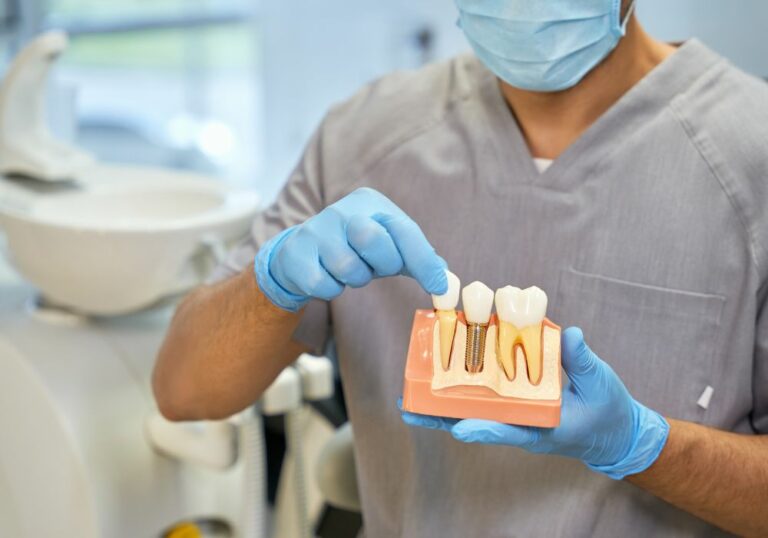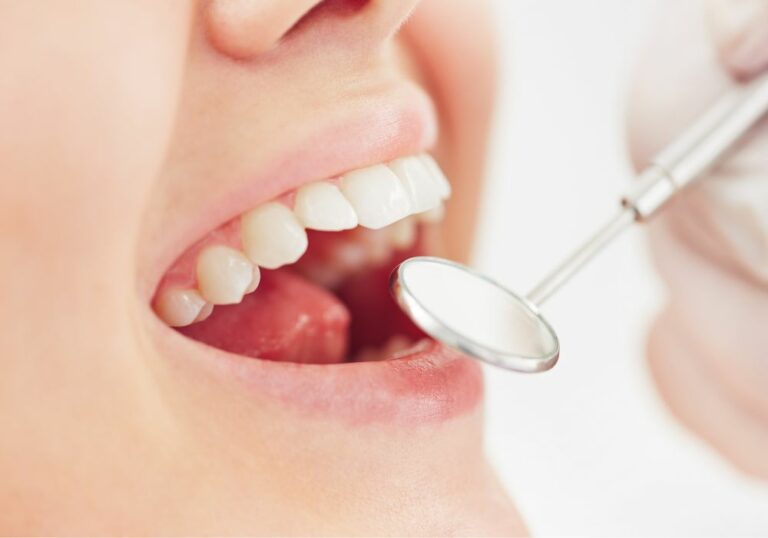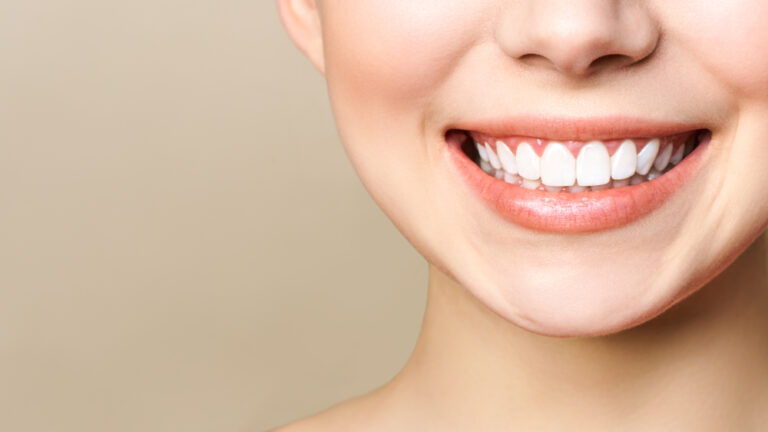Human teeth go through complex growth and development processes from before birth through adulthood. Understanding the stages of tooth formation, emergence, and replacement is crucial for monitoring dental health. This in-depth article provides a comprehensive overview of primary and permanent teeth growth cycles and patterns.
Overview of Tooth Generation and Replacement
Most people develop two sets of teeth during their lifetimes:
- Primary dentition – Humans are born without teeth but begin growing their first set of 20 deciduous or baby teeth around 6 months of age. These primary teeth are sequentially replaced by permanent teeth.
- Permanent dentition – Permanent or adult teeth begin developing while still in the embryonic and fetal stages. These teeth start pushing through the gums around age 6, eventually replacing all primary teeth by early adulthood. Adults have 32 permanent teeth.
So in summary, teeth form twice – once as baby teeth, and again as mature adult teeth. But the specific processes are multifaceted, as detailed below.
Primary Teeth Formation, Eruption, and Exfoliation
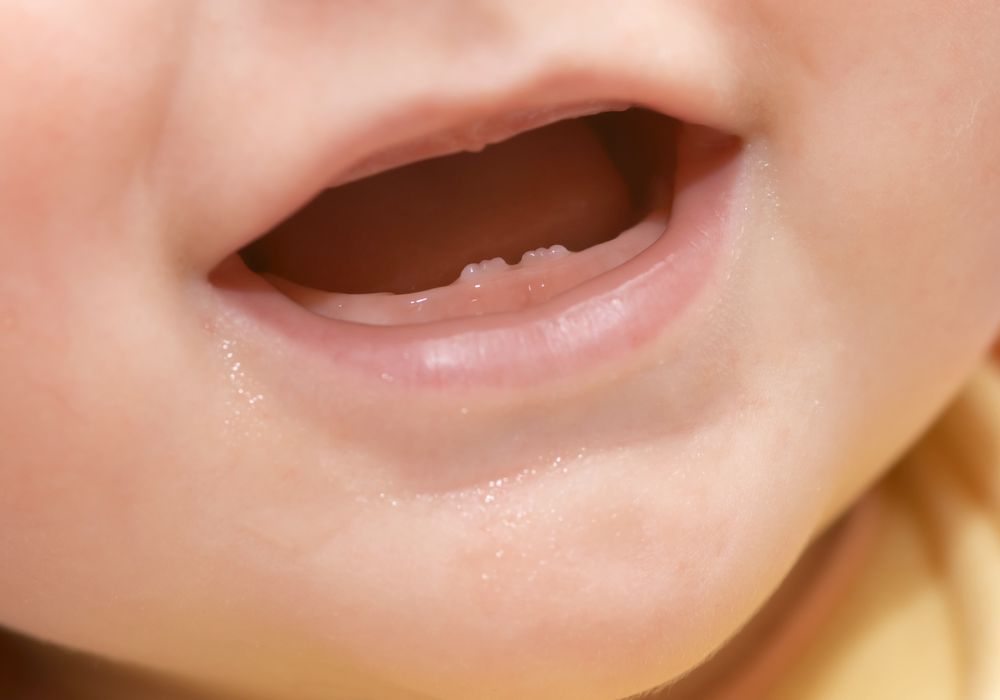
Primary teeth begin developing in utero between the sixth and eighth weeks of gestation. Tooth germs form from epithelial tissue and mesenchyme. Hard tissue gradually develops, and by birth the crowns are nearly complete with small roots. Teeth continue maturing after birth and eventually erupt through the gums.
The eruption timeline for primary teeth is:
Tooth Emerges Around Age
- Central incisors (bottom front) 6-10 months
- Central incisors (top front). 8-12 months
- Lateral incisors (top). 9-13 months
- Lateral incisors (bottom). 10-16 months
- First molars (top and bottom). 13-19 months
- Canines (top and bottom). 16-22 months
- Second molars (top and bottom) 23-33 months
As more permanent teeth develop under the gums, the roots of primary teeth start resorbing to eventually fall out. Each primary tooth is replaced by a permanent counterpart in roughly the same position. The first teeth to exfoliate are the lower central incisors around age 6-7. By age 12-13, all primary teeth have exfoliated and been replaced by permanent successors.
Permanent Teeth Morphogenesis and Development

Permanent teeth begin forming early in utero and continue maturing over several years before emerging:
- Initiation – Tooth buds for the first permanent teeth form around 6 weeks post-conception from thickened epithelial cells of the oral mucosa. More buds appear over the next several weeks.
- Proliferation – Bud cells proliferate and form into a cap enclosing mesenchyme. This occurs around 3-4 months in utero.
- Histodifferentation – Cap cells differentiate into enamel, while mesenchyme forms dental papilla and follicles. The first signs of cusps, roots, and other anatomy emerge.
- Morphodifferentation – Crown and root shapes further develop. Enamel and dentin secretion cause rapid growth between 4-6 months in utero.
- Apposition – Incremental growth continues after birth as enamel and dentin deposits thicken. Roots develop branches known as radicular dentin.
- Calcification – Calcium compounds accumulate around 6 months old, signaling the start of hard tissue formation.
- Eruption – Teeth start pushing through the bone and gums. The emergence timeline is:
Tooth Type Emerges Around Age
- First molars 6-7 years
- Central incisors 7-8 years
- Lateral incisors 8-9 years
- First premolars 10-11 years
- Second premolars 11-12 years
- Canines (cuspids) 11-12 years
- Second molars 12-13 years
- Third molars (wisdom teeth) 17-21 years
Successional permanent teeth emerge around age 6, replacing primary teeth that become loose and fall out. Full permanent dentition is usually complete by early adulthood once third molars erupt.
Key Takeaways on Tooth Replacement Cycles
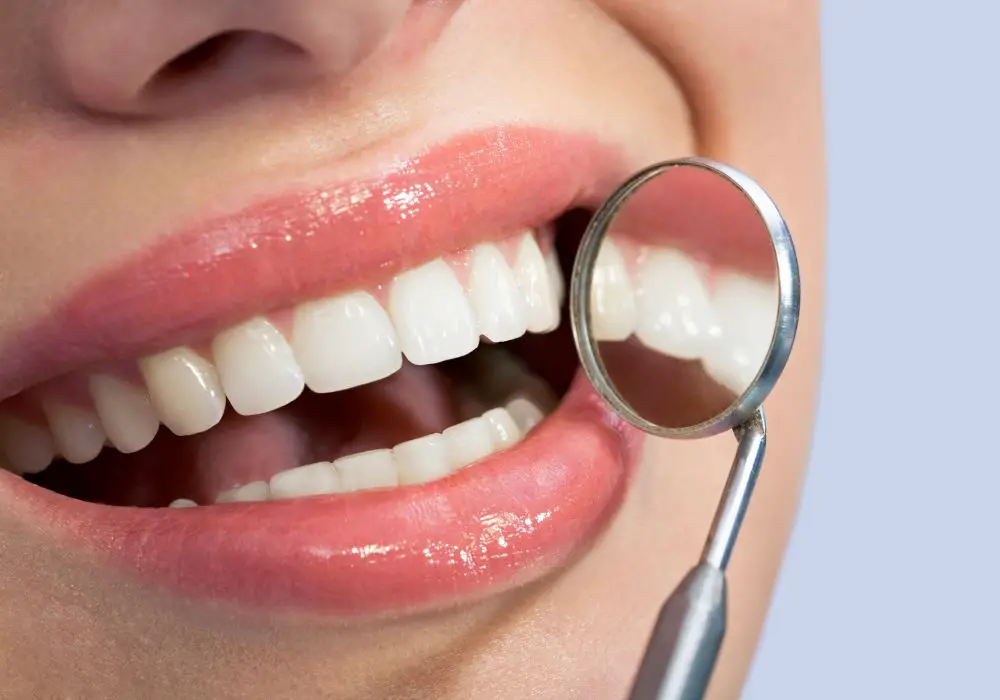
- Most people develop two sets of teeth – primary and permanent.
- Primary teeth begin forming in utero and erupt around 6 months to 3 years old. They exfoliate around age 6-13.
- Permanent teeth start developing in utero with tooth buds around 6 weeks. Maturation continues after birth.
- Permanent teeth emergence typically spans ages 6-21 years as they replace primary counterparts.
- Proper sequencing of tooth eruption and shedding ensures optimal alignment and spacing.
Conclusion
Monitoring the complex process of tooth generation, replacement, and movement is crucial for protecting dental health. Each primary and permanent tooth goes through many developmental stages before complete maturity. Understanding the average timeline for tooth emergence and shedding allows early identification of potential eruption issues. Regular dental exams combined with knowledge of tooth cycles enables prompt treatment when delays arise. With proper care, children can fully transition from primary to permanent dentition for lifelong dental function.
Expanded FAQ
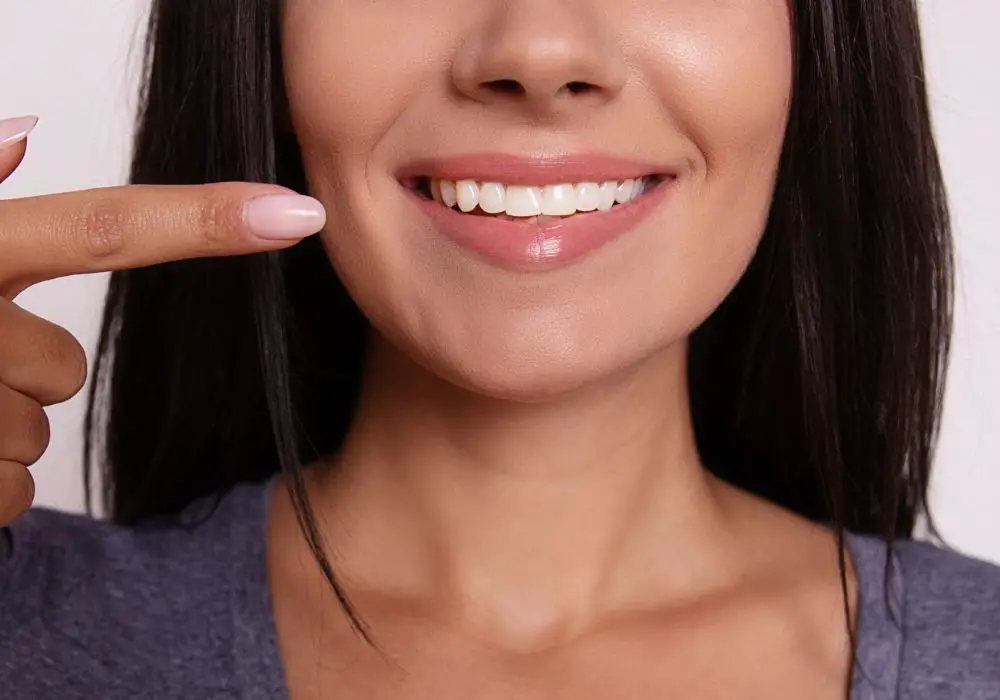
1. How many sets of natural teeth do people get in their lifetime?
Most people develop two sets of teeth over their lifetime – primary (baby) teeth and permanent (adult) teeth. Primary teeth begin forming prenatally and erupt around 6 months through 3 years old. They eventually exfoliate as permanent teeth emerge around age 6 through early 20s.
2. How do permanent teeth move into position to replace primary teeth?
Permanent tooth buds develop under primary predecessors and gradually mature in the jaws. As roots resorb, primary teeth loosen and fall out making way for permanent teeth erupting from below. This process follows the normal eruption schedule unless disrupted.
3. What is the normal age range for permanent teeth to start coming in?
Permanent teeth typically begin emerging through the gums around age 6-7 years as the first molars erupt. Emergence continues as each primary tooth counterpart sheds. By age 12-13, all primary teeth should be replaced. Wisdom teeth erupt between around 17-21 years.
4. How can I tell if my child’s secondary teeth are delayed?
Track permanent tooth emergence against standard timelines. See a pediatric dentist every 6 months for examinations to monitor development. Signs of delayed eruption include absence of permanent teeth by age 7-8 or retention of primary teeth past normal shedding age.
5. What causes potential problems with permanent teeth emerging properly?
Genetics, childhood illnesses, malnutrition, radiation therapy, or trauma can disrupt normal development and eruption. Missing permanent teeth, overcrowding, or impaction may occur. Early orthodontic intervention can help guide teeth into proper alignment.
6. When should wisdom teeth removal be considered?
Wisdom teeth often become impacted or only partially emerge due to lack of space. Removal may be recommended if they develop in abnormal positions or push against other teeth. However, fully erupted wisdom teeth that function well may not necessarily require extraction.
7. How can I keep my child’s tooth eruption on schedule?
Follow recommended dietary and hygiene practices to maintain dental health. Visit a pediatric dentist every 6 months for monitoring and early intervention if problems arise. Temporary braces or spacers may aid alignment and prevent crowding or impaction.

